The value of a 1976 Eisenhower dollar coin can vary significantly depending on several factors, including its condition, type (Type 1 or Type 2), and mint mark , as well as whether it is a clad or silver version.
Here’s a general breakdown of the values for different 1976 Eisenhower Dollar types:
- 1976 (Philadelphia Mint):
– Type 1 (Low Relief):
– Circulated condition: Roughly $1.05 – $1.50.
– Uncirculated condition (MS60-MS64): $2.70 – $1,500. Higher grades, especially MS66+, can reach upwards of $2,000 to $5,640 or more.
– Type 2 (High Relief):
– Uncirculated condition (MS60-MS64): $2.20 – $2,500. High grade examples, such as MS-66, might sell for around $650.
- 1976-D (Denver Mint):
– Type 1 (Low Relief):
– Circulated condition: Approximately $1.25 – $3.
– Uncirculated condition (MS60-MS64): $2.20 – $7,500. A Denver Mint Type 1 in MS67 can reach $9,600.
– 1976-D $1 Type 1, Peg Leg, FS-401 MS : $3.40 – $210.00.
– Type 2 (High Relief):
– Circulated condition: Roughly $1.25 – $3.
– Uncirculated condition (MS60-MS64): $2.20 – $3,000. PCGS estimates the value of the 1976D Type 2 in grade MS67+ at $7,500.
- 1976-S (San Francisco Mint):
– Silver (40% Silver):
– Circulated condition: $12.75 – $14.
– Uncirculated condition (MS60-MS64/PR60-64): $10 – $20.
– MS65+/PR65+: $30+.
– Pristine, uncirculated condition can sell for as much as $7000.
– MS69: can sell for $4,560.
– MS68+: can sell for $124.99.
– Clad (Copper-Nickel Clad):
– Type 1 Clad Proof PR70 DCAM can sell for $7,057.50.
– Type 2 Clad Proof PR70 DCAM can sell for $2,400.
- Rarity: Coins with limited mintage or unique features can be more valuable.
- Condition: Coins in better condition (less wear, higher grade) generally command higher prices.
- Demand: High demand for a particular coin type can drive up its price.
- Varieties and Errors: Specific varieties and errors can significantly increase a coin’s value, for example, the “Peg Leg” variety in some 1971-S proofs.
Note: Coin values are subject to change and depend on the current market. For the most accurate and up-to-date pricing, it is recommended to consult a reputable coin dealer or reference a current coin price guide. You can also explore online marketplaces and auction results for recent sale prices.

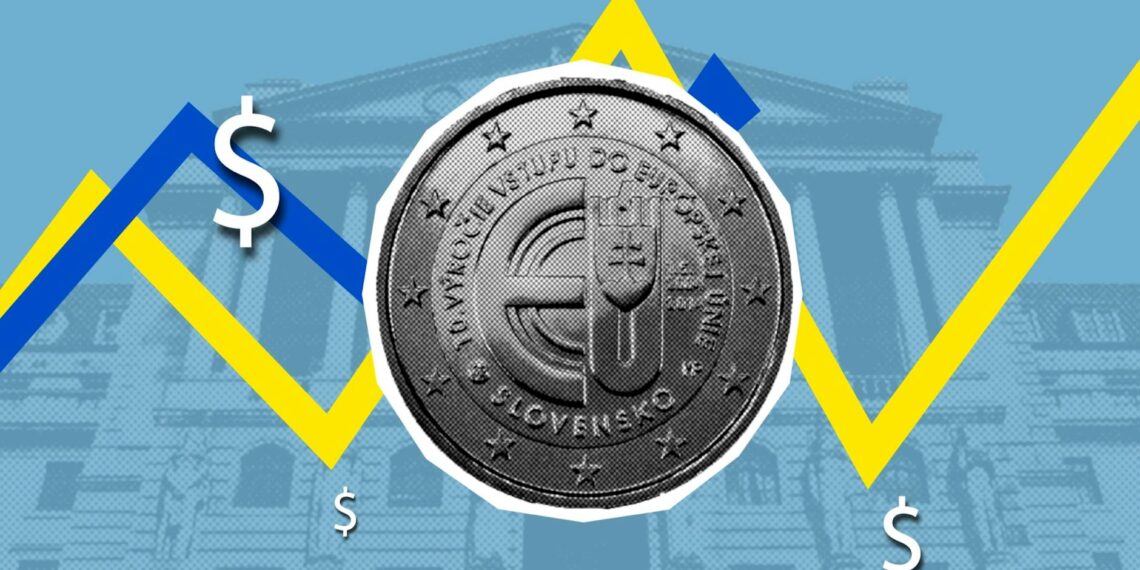




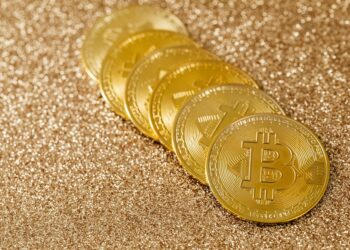
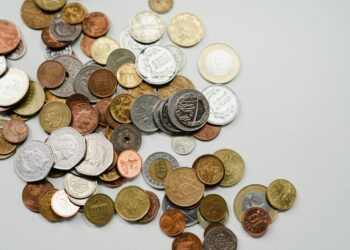
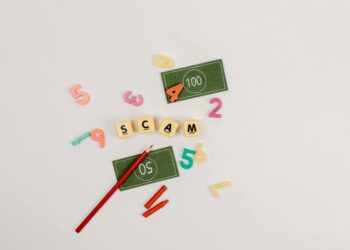
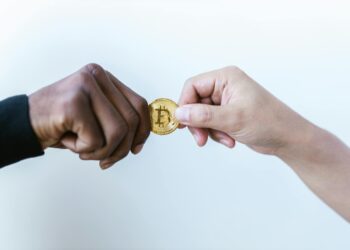

How to tell type 1 and type 2 1776-1976 bicentennial dollars apart?
Type 1 – The reverse lettering, including the inscriptions UNITED STATES OF AMERICA and “ONE DOLLAR” have a blockier, sans-serif appearance. Type 2 – Reverse lettering is refined with serifs that much more closely resemble the lettering style ordinarily seen on the obverse of the Eisenhower Dollar.
How do I know if my 1976 Eisenhower Dollar is silver?
Even though they were special order coins, some 40% Eisenhower silver dollars still made their way into circulation. Besides checking for an “S” mintmark on the obverse or front of the coin, collectors can check the edge of the coin for a copper stripe.